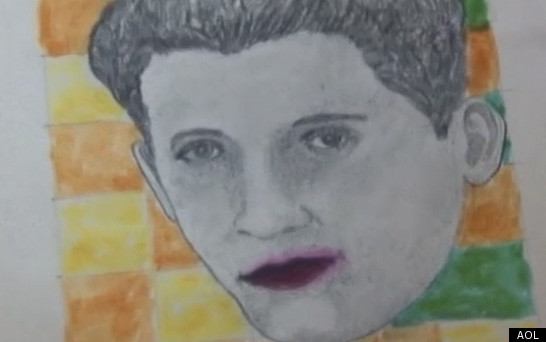(CBS News) Two decades after Morley Safer took a critical look at contemporary art in his 60 Minutes story "Yes...But is it Art?" he has found the definitive answer to his snide question: Does it matter what it is if it appreciates in value by a thousand-fold? Safer learns this at Art Basel Miami Beach, Miami's premier contemporary art fair, where he reports on the boom in contemporary art, a market that's defying the world economic slump and outperformed stocks. Safer's story will be broadcast on 60 Minutes Sunday, April 1 at 7 p.m. ET/PT.
Jeffrey Deitch, a former dealer and now the director of the Los Angeles Museum of Contemporary Art, has a long memory and can't resist ribbing Safer. "In the art world, we remember very well that famous program that you did 20 years ago...it was almost a send-up of the contemporary art market," he tells Safer. One of the objects of Safer's critical eye back then was a Jeff Koons installation called "Equilibrium," consisting of three basketballs suspended in an aquarium. Koons' works have greatly appreciated. "I think [at] the time we were talking Jeff Koons was very well sold for $250,000," says Deitch. "As you know now, Jeff Koons' works have gone for $25 million or more."
Last year, sales of contemporary art reached $5.5 billion, just for auctioned works. Billions more probably changed hands at regularly held shows like Art Basel Miami Beach. The contemporary art market has outperformed the Standard & Poor's list of 500 common stocks since 2003.
60 Minutes cameras capture the rich buyers and the art works on sale at Art Basel Miami Beach, one of the most important art fairs held in what is now considered an art capital of the world. Some of the works might pose a quandary for the uninitiated. Among the paintings and sculptures are works incorporating bathroom fixtures and extension cords, works that make noises, works incorporating video. The pieces have no price tags; their worth is negotiable.
Foreign money is one factor driving the market. Gallery owner Larry Gagosian says, "I think the wealth in Russia, the Middle East, Asia has changed [the market]...dramatically." Art fairs are now the place to be for people like Gagosian. "The art fair has become a huge part of our business," he tells Safer.
Anything can happen in a market comprised of original, one-of-a kind merchandise and billionaires willing to bet monumental sums of money on them. Gallery owner Tim Blum says, "It's the Wild West. This is not a normal retail business. It's an unregulated, utterly bizarre place to conduct business." What sustains it against the odds? "It's inexplicable...almost unexplainable...When we bring it up...begin to talk about it, we sort of drop the subject," says Blum. "Because it almost feels like you should just let it... keep rolling."






